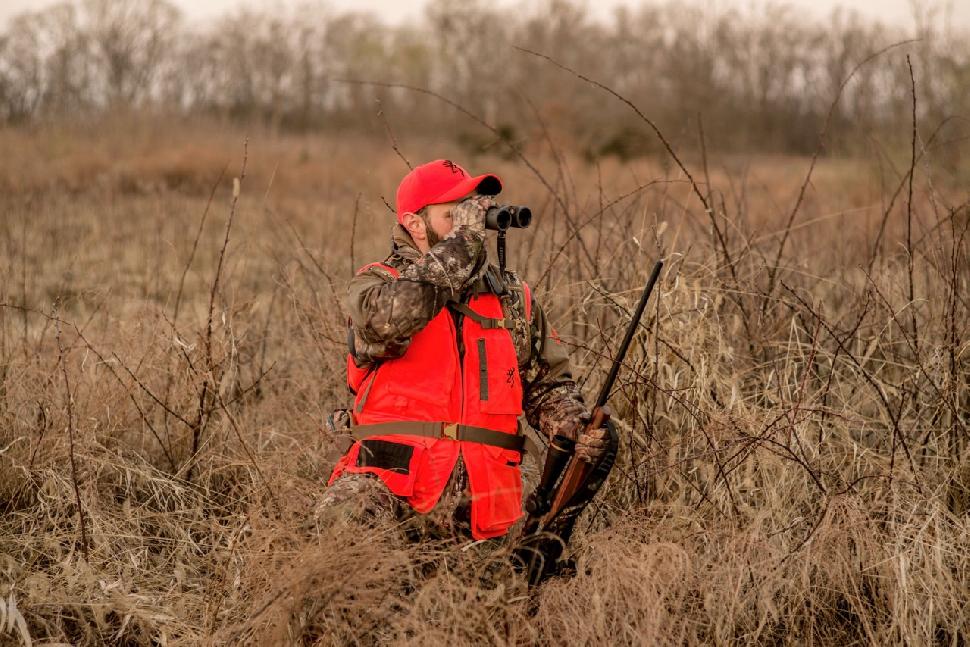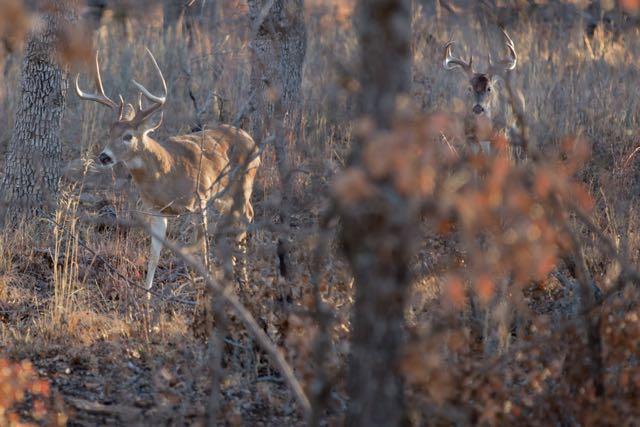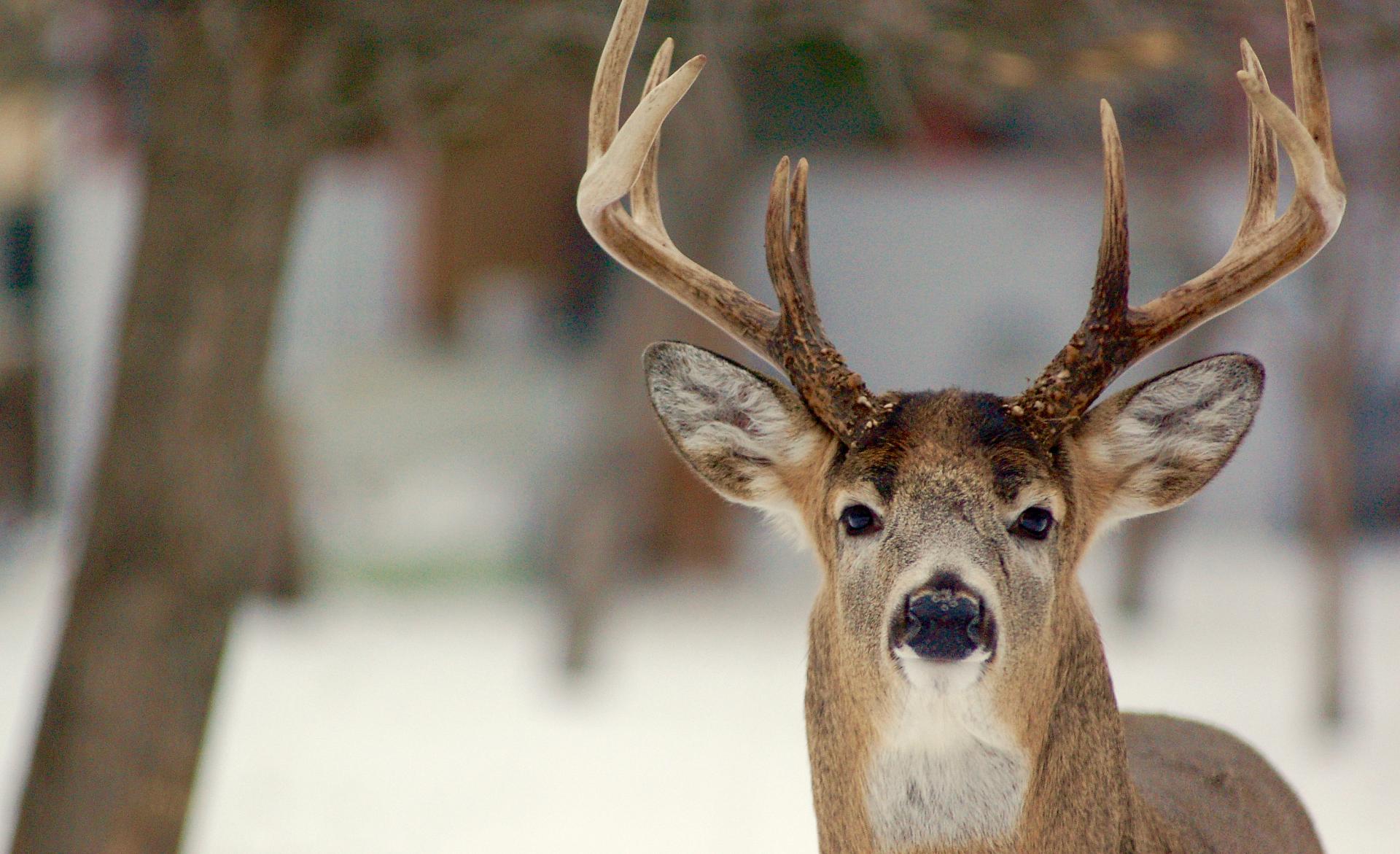Blueprints for Bucks
To Successfully Hunt White-tailed Bucks, You Need to Choose Just the Right Strategy
Advertisement

#2 Still-Hunting
Given that I was long ago diagnosed with the deer hunter’s equivalent of ADHD, it should come as little surprise that still-hunting is my favourite strategy for pursuing big bucks. I know it’s typically not as successful as other tactics, but it satisfies me in ways that go beyond simply filling a tag.
Pros
For hunters like me who are not blessed with an abundance of patience, still-hunting brings great rewards. It’s ideal for hunting landscapes you’re not particularly familiar with, and it allows you to cover a lot of ground while learning the ins and outs of an area—something no amount of driving and spotting or studying satellite photos can provide. Still-hunting also helps you identify future sites for treestands or ground blinds. No wonder many hunters consider it to be the highest form of scouting.
Advertisement
Still-hunting is all about taking the fight to the deer, making the tactic well suited to areas with low deer densities, where stand hunting can be a tedious and fruitless ordeal. You didn’t have the opportunity to do some pre-season scouting? Still-hunt. You don’t have the money or time to establish stands? Still-hunt.
Another great advantage of still-hunting is that you’ll never again have the wind betray you. If the breeze unexpectedly shifts, you simply veer with it. When you’re stuck in a stand, the wind can spell the end of your day. That’s not the case when still-hunting.
Still-hunting also provides a constant voyage of discovery. In a ground blind or treestand, you sit and stare at the same scenery all day long—if you can bear to. When still-hunting, however, your world is continually refreshed as you slowly stalk through the landscape. And if you thrive on challenge, getting the drop on a mature buck in his own backyard offers just the ticket, while testing the limits of your skills as a hunter.
Advertisement
Cons
Still-hunting is not a game for the easily frustrated. The fact is, you’ll muff far more chances than you’ll convert. The acute senses of a mature buck demand that you be at your very best if you want to have any chance of beating him. And even when you’re bobcat-sneaky, anything from a territorial squirrel to a single misstep can betray your presence and bring a sorry end to hours of steely-eyed effort. For that reason, the best days to still-hunt are windy, rainy or snowy—or, even better, a combination thereof.
The thicker the bush, meanwhile, the more difficult it is to successfully still-hunt. The same carpet of leaves that alerts a stand hunter to an approaching buck will also betray a still-hunter. It’s surprising how much noise a single, inadvertent footstep can make in an otherwise quiet forest. And just when you think you’re closing in on a buck, don’t be surprised if your very next move catches his attention—and the next thing you see is the south end of a whitetail heading north.
Hunters either love or loathe still-hunting. No wonder. To be successful, you can’t half-ass it—the odds are stacked against those who are not 100 per cent committed. If you stick with it and you’re comfortable as a solo hunter, however, and you consider every busted hunt as a learning experience, you’ll eventually be successful. And in that moment, you’ll discover there’s no greater reward when it comes to hunting whitetails.

Hunter Tip: Stay Alert
Every seasoned hunter has no doubt still-hunted at one time or another. Those who dismiss it as little more than wandering aimlessly through the woods, however, should become a little more serious in their efforts. That means walking slowly, remaining ever vigilant and closely following the deer sign. It also means training yourself to watch for the mere flicker of a tail, the twitch of an ear or the glint of a tine through the foliage—not the entire animal.

